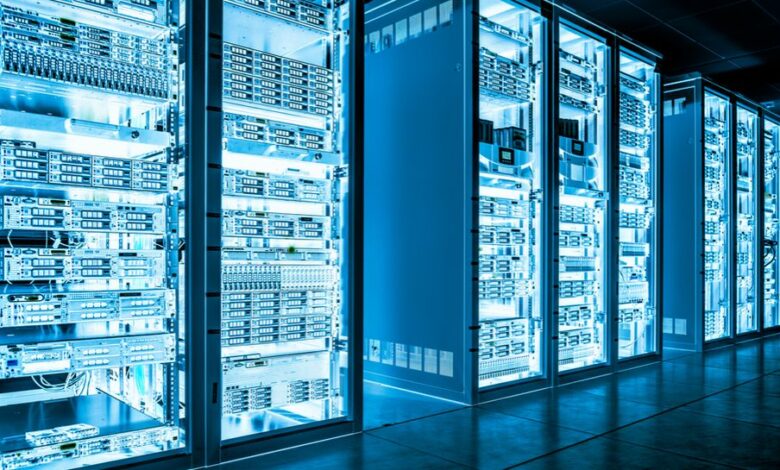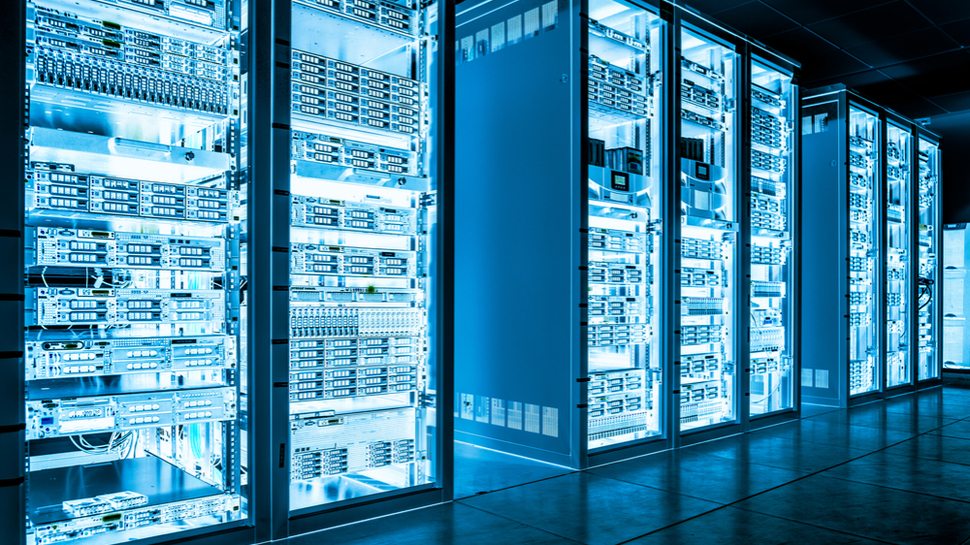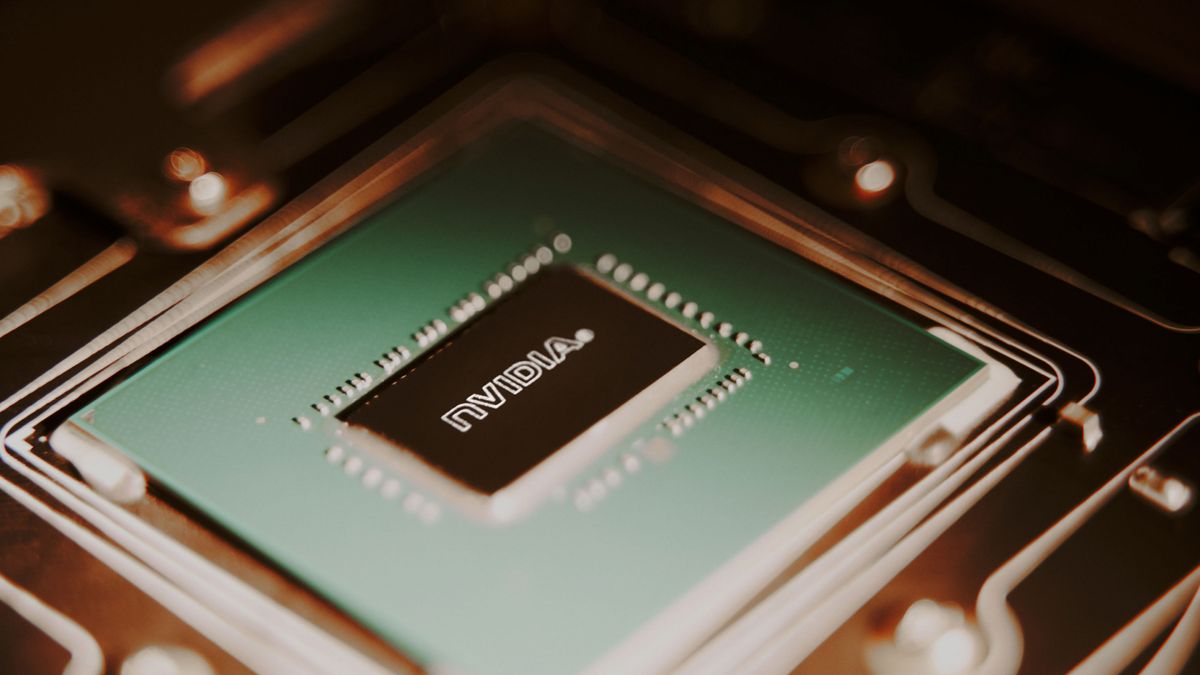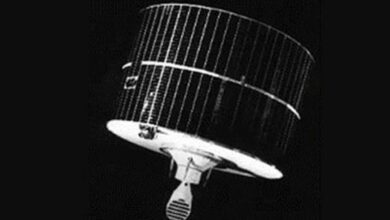Forget Atlantis: How Data Centers Can Use Liquid Above Ground to Stay Cool


Microsoft recently completed a project involving an underwater data center and opted for liquid cooling options on land. The core concept – using liquid for cooling – is certainly worth considering when applied to data centers. Liquid cooling offers an attractive alternative to traditional air-based methods.
It can improve energy efficiency, reduce operational costs and enable facilities to reuse excess heat – significant benefits given growing demand, rising energy costs and pressure from environmental, social and governance (ESG) regulations.
In short, by keeping liquid cooling on land, data centers can realize its benefits without the logistical issues of underwater deployment. To fully realize these benefits, operators must thoroughly understand liquid cooling, including the challenges, and understand how useful tools, such as digital twins, can ensure success.
First, let’s look at the benefits of liquid cooling.
Leading engineer at Cadence.
The benefits of liquid cooling
Data centers rely on powerful components such as computer processing units (CPUs) and graphic processing units (GPUs). Keeping them cool is crucial for optimal performance. Traditional air cooling can struggle to achieve this as heat generation and server rack densities continue to increase. This is where liquid cooling shines.
Liquid has a superior heat capacity than air (for example, water is about 4.2 times as large as air per kg). Importantly, combined with density, it has about 3500 times the amount of energy per unit volume. As a result, small volumes of liquid can be pumped close to CPUs, GPUs, and other high-performance components to extract heat more directly.
Because heat can be dissipated from components more easily in this way, the advantages are numerous:
- Higher chip power densities
- Higher fluid temperatures in the facility cooling loop, providing greater potential for free cooling (although higher chip power densities may negate this as power densities increase)
- Higher return temperature, providing greater potential for heat recovery and reuse as the fluid is separated from the occupied environment
- Less energy required – lower pump energy than fan energy for the same power loss when using air-cooled systems
- CPUs and GPUs can operate more effectively at optimal temperatures, preventing overheating and potential performance bottlenecks, which is especially important as heat loads in data centers increase
A fundamental reason for switching to liquid cooling is of course that high-density server racks, demanding workloads and steadily increasing power densities push the limits of air cooling. Air cooling can easily handle heat loads of up to around 20 kW per rack. But above 20-25 kW, a combination of direct liquid cooling and precision air cooling becomes more efficient and economical.
By using liquid cooling, data centers can ensure optimal performance for their powerful equipment and contribute to a more sustainable future. But as with any innovation, there are still drawbacks to consider.
Operational obstacles
Liquid cooling has historically had potential electrical hazards. While the risk was relatively low, perception, along with practicality, has hindered the widespread adoption of liquid cooling. Modern solutions have reduced these risks through innovations such as drip-free quick disconnects and negative pressure systems to prevent liquid from leaking into the data center. These transformations have made this alternative option significantly safer, but many operators remain nervous. This attitude is changing, but it is not the only barrier to adoption.
Another major challenge is adding liquid cooling to air-cooled data centers. Coordination between air and liquid cooling systems is critical for efficiency. Making it work requires logistical complexities and usually significant financial investments.
Even when implemented in new facilities, liquid cooling presents operational challenges that can lead to hidden costs. Compared to air cooling, liquid cooling systems require additional work during installation. For example, operators must create fluid distribution systems and connections in addition to the usual electrical connections, which is no easy task.
However, these challenges are not insurmountable and operators have several options to deal with them.
Ways to Stay Cool with Liquid
There is no single recipe for keeping the data center cool with liquid. There are two fundamental methods.
The most common method, “direct to chip” or “hybrid” cooling, passes a coolant, such as a water-based coolant, through a cold plate in direct physical contact with critical components of IT equipment to improve efficiency and effectiveness. It allows CPU and GPU memory to operate faster and more efficiently at lower temperatures, resulting in improved energy efficiency – more processing power per watt. One thing to note is that it does not capture all the heat from the IT components, only from those with cold plates. Typically, 10-20% of the heat still needs to be captured by air. Given rising power densities, this heat can still represent a cooling load for air systems measured in the multi-kW range.
The other method is immersion cooling. In this method, the IT equipment is immersed in a dielectric fluid, so that all components are in contact with the fluid, which carries away the heat. As with air cooling, the design of the system must ensure adequate fluid flow next to the electronics. Because the IT equipment is immersed in the coolant, the heat transfer to the surrounding air is likely to be lower. However, material compatibility can be an issue: degradation caused by interaction of coolant with electronics (e.g. insulation) can shorten the life of the equipment. In addition, the efficiency of immersion cooling systems, which rely on buoyancy-driven flow, may be compromised as data center power densities increase.
Both methods can use a single-phase cooling approach or a two-phase approach. Two-phase involves choosing a fluid that reaches boiling point at the operating temperatures and pressures to take advantage of the latent heat of vaporization. This offers great potential for high-density applications, but also has additional challenges, including the potential for global warming and open systems.
With these options, choosing the right fit for a facility can be a complex decision. That’s where digital twins — virtual replicas of data centers — can help operators make an informed choice.
Choosing the right liquid solution
Digital twins provide clear insight into what data center managers typically cannot see or measure directly, including cooling efficiency.
This technology allows operators to evaluate the potential advantages and disadvantages of different liquid cooling methods before making physical changes. Digital twins also allow operators to test different scenarios, such as analyzing how and where to introduce liquid cooling into an air-cooled data center. The result is a customized solution that meets specific heat load requirements.
Once liquid cooling is in place, digital twins also help identify areas for continuous improvement. By taking into account new hardware changes or increases in server density, the technology can assess the potential impact on the cooling system. This proactive approach prevents existing cooling infrastructure from becoming overloaded, which can lead to reduced resilience, IT slowdowns and loss of capacity.
The next step to a better future
Liquid cooling is no longer a trend, but a must for modern data centers. While the allure of underwater data centers once promised “free” cooling, logistical realities have tempered its appeal. Conventional liquid cooling for data centers, however, offers a promising alternative. Using digital twins, facilities can leverage the benefits of liquid cooling, such as reduced environmental impact and lower energy consumption, and gain confidence in their transition to a liquid-cooled strategy.
We have highlighted the best green web hosting for you.
This article was produced as part of TechRadarPro’s Expert Insights channel, where we showcase the best and brightest minds in the technology sector today. The views expressed here are those of the author and do not necessarily represent those of TechRadarPro or Future plc. If you’re interested in contributing, you can read more here:




